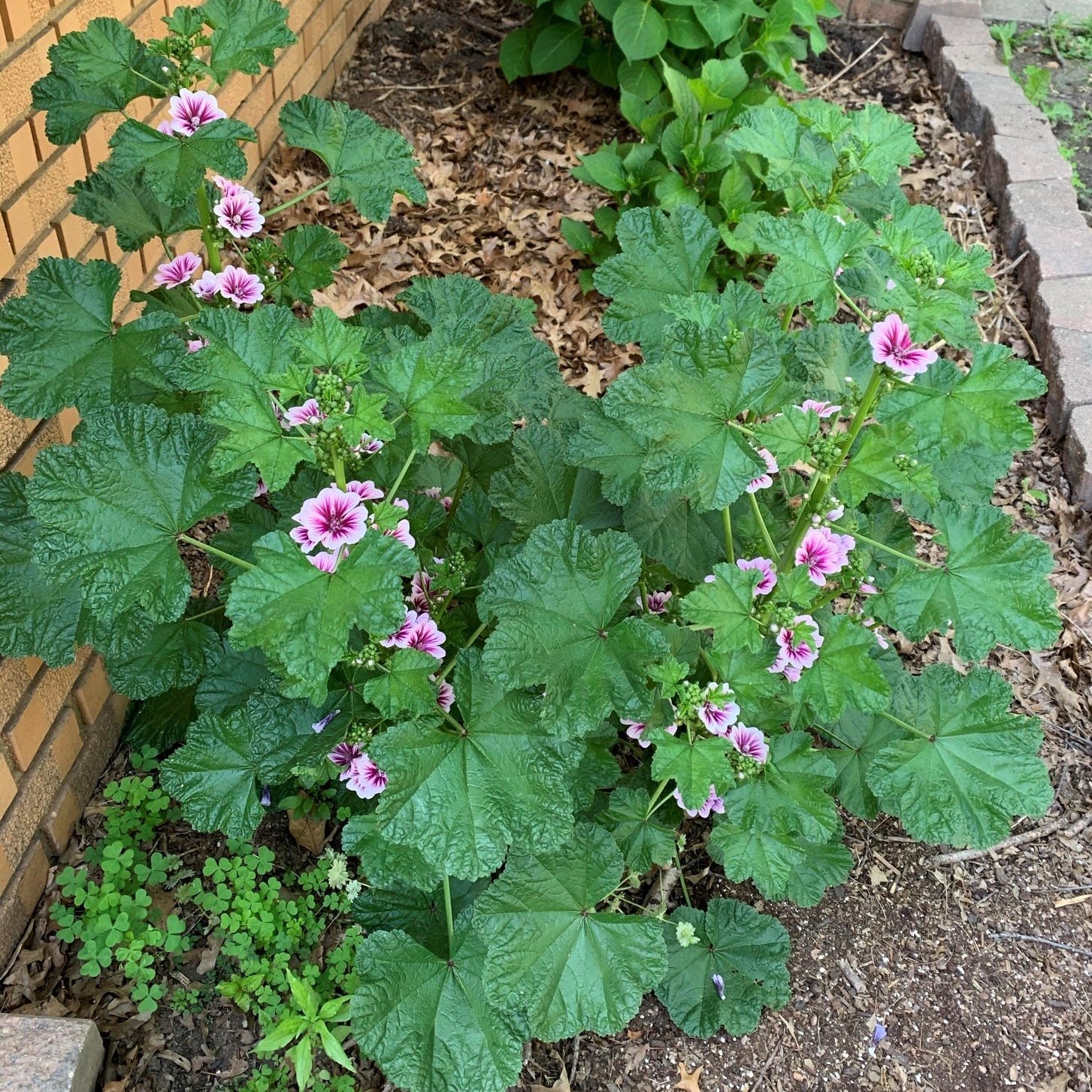I think it’s important, whenever possible, to establish tone and manage expectations near the beginning of something new. I’d like to kick off this blog here: I am neither a neat nor an organized gardener.
I’ve been gardening since I could be trusted to not step on seedlings. My mom taught me everything I know about plants: always keep mint in a pot, deter bunnies with blood meal, and—most important of all—sometimes a seed just doesn’t germinate. All there is to do is put another one in the ground.
After I moved to Indiana for my job, I got a garden plot at our local community garden. I was excited to try heirloom varieties I’d never had time or space for. On average, my garden is about 60% planned, 25% well-let’s-see-what-happens, and the remaining 15% finds me standing in the middle of my garden, staring at a seedling and wondering, what is that and did I plant it? I’m convinced I’ll remember what seeds I’m putting in an unlabeled pot, only to be stumped weeks later. I try to plant in rows, but things are always crooked. One year, I built a trellis for my cucumbers to grow on and when the fruit set, realized it was a cantaloupe. Did I plant that?

I admire the gardeners who can see the grid of their plants in a blank square of earth. I’ve seen some truly impressive techniques from my fellow community gardeners. For whatever reason, I’ve never managed to pull off an organized garden or any kind of grid planting. It took a couple years for me to stop feeling bad about my lack of skill here. It didn’t mean I was a bad gardener. And, more importantly, I realized it wasn’t what I liked about gardening.
For me, the joy of gardening for me is how it’s like a puzzle or a mystery: what will grow best in this soil with this sun? If the leaves turn brown or yellow, what is the plant trying to tell me? When you decide to plant, it’s an act of collaboration with the environment. If I’m focusing first on what I want instead of what my plants need, I lose sight of that joy.
My favorite part of gardening mystery is that let’s-see-what-happens: I gave something a try, and maybe I’ll have gotten it right. If I’m spending too much energy on trying to make everything neat, I lose that opportunity to be surprised. Here’s a recent example: last year, I planted a Zebrina mallow. It was a single stalk, about a foot high, and didn’t grow much. In the fall, it disappeared, and I thought it had died. This summer, I was delighted to be proven wrong:


I’m glad I decided not to dig up this section of my garden and try something else. This mallow is one of my favorite plants. Even better, the pollinators love it—so much so that there’s a pollinator house mounted just above the plant. I’ll write more about my pollinator house in a future post.
Happy gardening, everyone, whether you’re an organized gardener or a disaster gardener like yours truly.

This is lovely.
Get Outlook for Android
________________________________
LikeLiked by 1 person
Mallow is on my list! I like to pretend I have a plan, but really I am at the mercy of what seeds germinate, what seedlings survive, and then it’s guesswork because by then I have usually lost plant markers.
LikeLiked by 1 person
I’m glad to hear I’m not the only one with that planting process! I’m always losing plant markers, too.
I definitely recommend mallow! My plant went to seed a few weeks ago and is in full bloom again.
LikeLiked by 1 person